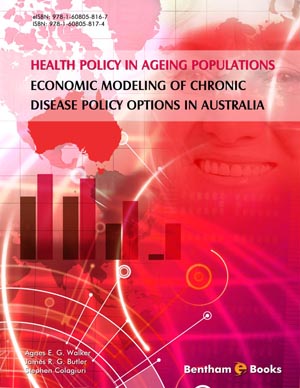Abstract
In general Australia compares well with other countries in terms of: population ageing; health expenditures versus health outcomes; and the extent to which chronic diseases impact on life expectancies. Its expenditures are close to the average of the OECD’s 34 member countries, and its health outcomes – indicated by life expectancies - are among the best in this country-group. In the past decade, while the value of Australia’s total health expenditure increased, it remained virtually unchanged as a per cent of GDP. So far, Australia’s heath system has delivered top health outcomes at expenditures close to the OECD average. Thus, compared with other developed countries, Australia’s health expenditures represent ‘value for money’ in terms of health outcomes.
However this may not continue in future. For example, rapid rises in child and adult obesity – and the related chronic diseases – are now major health issues which federal and State governments find difficult to constrain. Recent developments - such as breakthroughs in medical technology, continued upward costs of health care, and a general preference for more sedentary lifestyles – suggest that, without major policy and patient-level changes, Australia may not be able to maintain its high OECD ranking in the health field.
Keywords: Health comparisons across OECD countries, expenditure as per cent of gross domestic product, life expectancy, ‘market’ versus ‘universal’ health systems, obesity.












